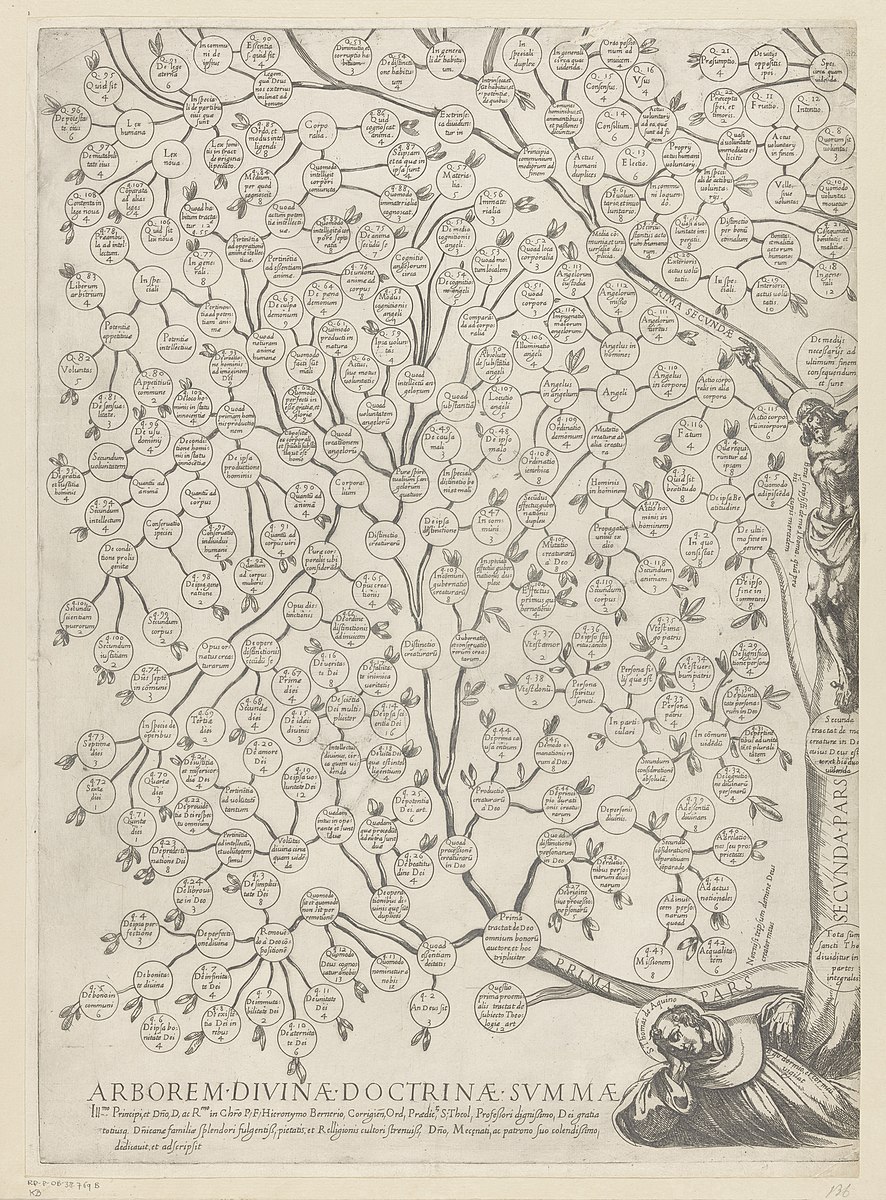
Every so often I get to teach the kids at church (K-5) the intro lesson before they head off to their main classes. Okay, "every so often" means when the Trinity rolls around in our sequence of Core Concepts. Here's the 5 minute lesson I taught this time: (1/14)
Core Concept 4 is my favorite! "God eternally exists as the Father, the Son, and the Holy Spirit." What I love about this is that even though I know what it means, it reminds me that God is more than I can understand, and greater than I can grasp. (2/14)
"God eternally exists as the Father, the Son, and the Holy Spirit" means that there is only one God, but existing as three persons. This part is easy, because we read in the Bible about God the Father, God the Son, and God the Holy Spirit. (3/14)
Since there are three persons in God, we call God the Trinity. God is one being in three persons. Not three Gods: just one. Not one person: three persons. What does that mean, and what is it like? (4/14)
Well, I'm one being who is one person. I'm not a Trinity, just a unity. God is more than I am: he's one being in three persons. Sometimes when I'm alone, I'm lonely, because it's just me by myself. God is more than that: one being, but never lonely. (5/14)
Now try this: here's a group of 3 people [pick out three kids]. But they're not one being. They're three people who are three beings. They're a group, and they can cooperate or play together, but they're never one being. You can replace one of them and still have a group. (6/14)
So God is more 3 than just what I am, and more 1 than what this group is. God is just more! Thinking about one person kind of helps us; and thinking about a group kind of helps us; but we always know that God is more, more, more. (7/14)
Here's the great part: It means that there is more to God than we can ever fully understand, because nothing else is like God. One way to praise God is to ask, "Who is like you, O God?" and to answer, "nothing!" (8/14)
We can think of other things that are a little bit like the Trinity. Maybe you've heard some of them: One egg has a shell, an egg white, and a yolk. Or one apple has a skin, the fruit, and the core. But God doesn't come in parts like that: God is way more. (9/14)
Some people enjoy thinking up these things that are a little like the Trinity, but then they admit they're not much like the Trinity. You know what I enjoy? That last part: admitting that God is more! (10/14)
When you admit that the Trinity is more than just like me, or more than just like a group, you're praising God by giving those ideas up to him and admitting, "God, you are greater and more than anything I can imagine." (11/14)
[An adventurous teacher here could have brought along an egg and an apple and pretend to throw them up in the air to reject them. When I merely suggested it with imaginary eggs, one boy shouted me down.] (12/14)
Here's one more way the Trinity is more than you can imagine. We know God the Father sent God the Son to save us, and that God the Holy Spirit lives in us when we believe. That means God is above us, with us, and in us. The Trinity has us surrounded! (13/14)
That's some of what it means when we say this concept together, "God eternally exists as the Father, the Son, and the Holy Spirit." I can't stop thinking about how great the Trinity is. (14/14)
Update: Archived as blog post. fredfredfred.com/2021/11/kids-l…
• • •
Missing some Tweet in this thread? You can try to
force a refresh












